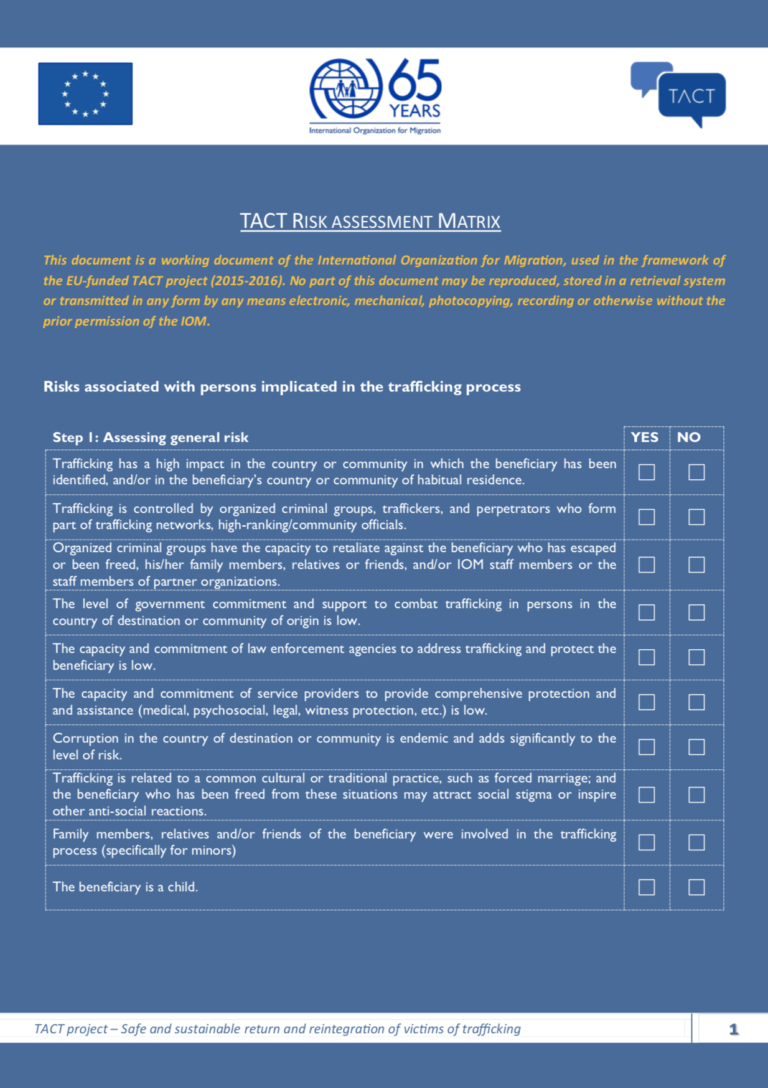Repayment of Recruitment Fees to Workers: 4 Emerging Best Practices
Online ToolsGuidanceGood PracticesPublicationsA growing number of global brands and retailers are adopting ethical recruitment policies stipulating, among other things, that all costs and fees related to labour recruitment are paid by the employer and not by the workers being recruited. Employe...Read More

